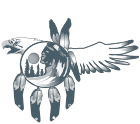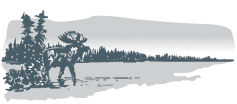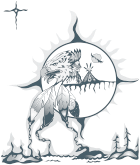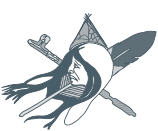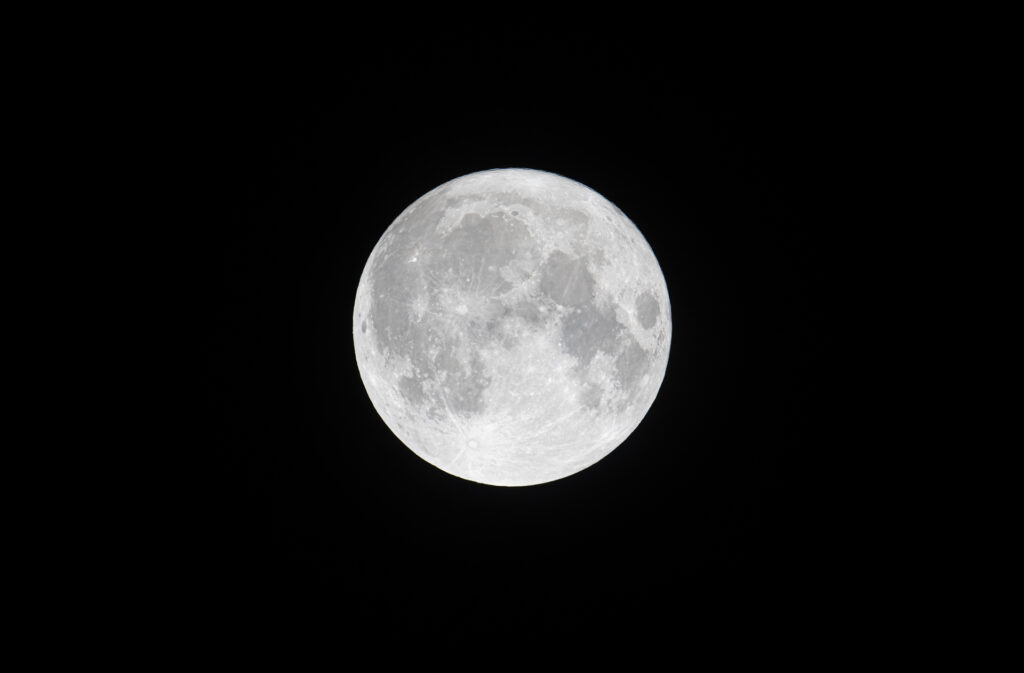
For millennia, Indigenous Peoples have used the moon to plan for life on the land. For example, Anishinaabeg in Pimachiowin Aki track the movement of the moon to determine when to plant wild rice, hunt animals, and harvest medicines. The schedule, mapped out on a turtle’s shell, is known as the lunar calendar.
The stars are used for directions. The moon tells you what month you’re in. The sun is used to tell time.
Melba Green, Pimachiowin Aki Guardian, Bloodvein River First Nation
Why don’t the solar calendar and lunar calendar match up?
The solar calendar is based on the sun’s movement. The lunar calendar is based on the movement of the moon. We ask Pimachiowin Aki Guardian Melba Green of Bloodvein River First Nation to explain. “The lunar calendar makes sense to people who are one with the land,” says Melba. “The moon goes around the earth in about 28 days. So in one year, the moon goes around 13 times. This gives us 13 lunar months with 28 days each.”
Why is the lunar calendar on the turtle’s shell?
The turtle shell is a visual match for the days and moons in a lunar year. If you look at a turtle’s shell, you will see an outer ring of small scales. These represent the 28 days in a lunar month. You will also see larger scales inside the centre of the shell. These large scales represent the 13 moons that occur each lunar year.
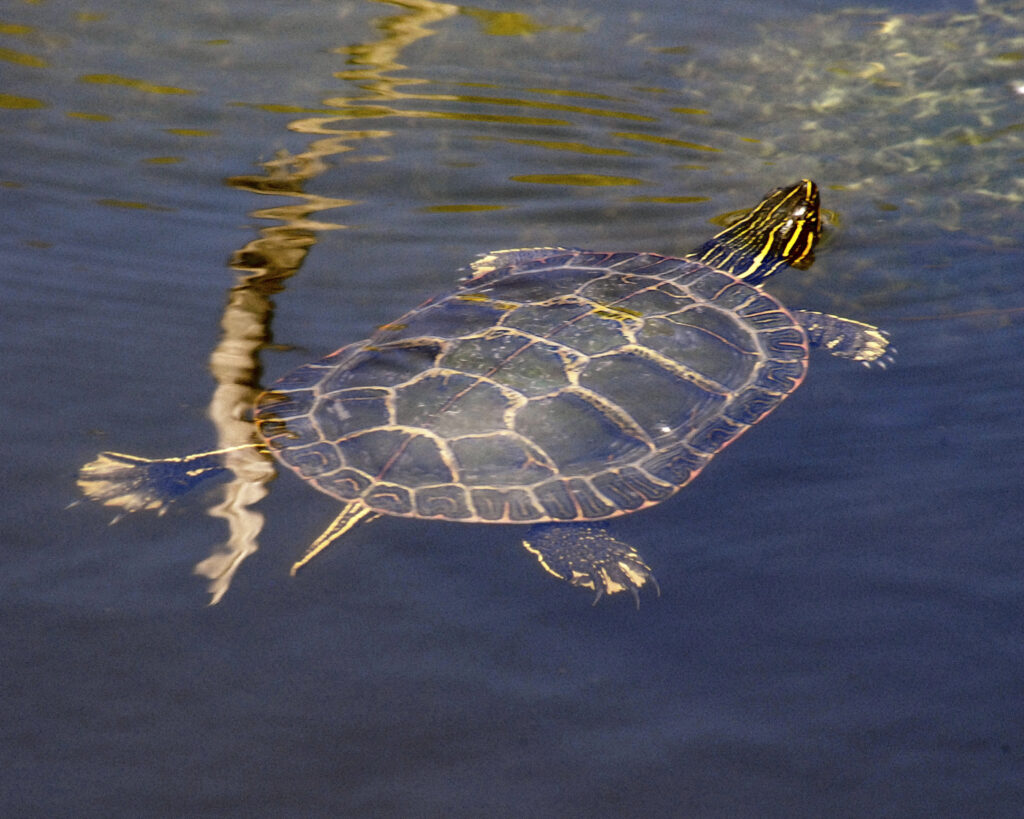
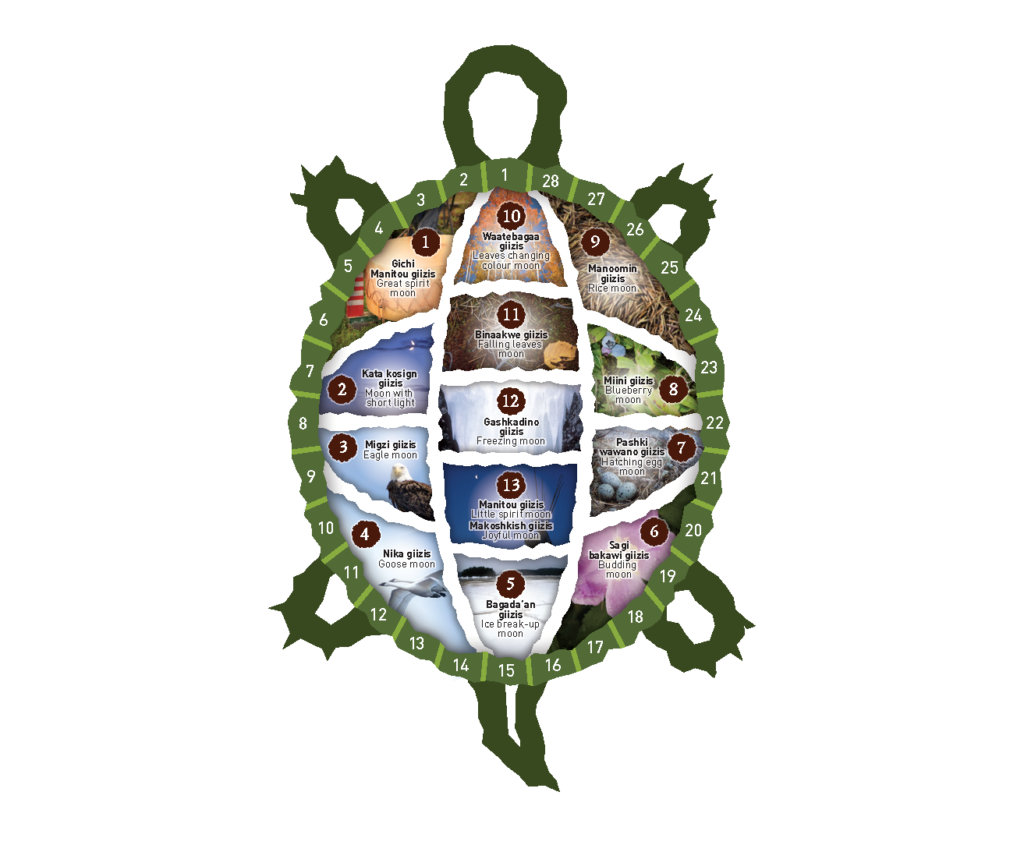
Explore the Pimachiowin Aki interactive lunar calendar.
The lunar calendar has 364 days. The solar calendar has 365 days.
What are the moon names for each month?
Each moon has a name that reflects a natural event that happens on the land during that month. The name of each moon differs from First Nation to First Nation. “It’s because we have different dialects or we named the moons after different things,” says Melba. For example, Anishinaabeg say Binak wiiwik giizis in Bloodvein River First Nation but Little Grand Rapids First Nation calls it Binaakwe giizis.
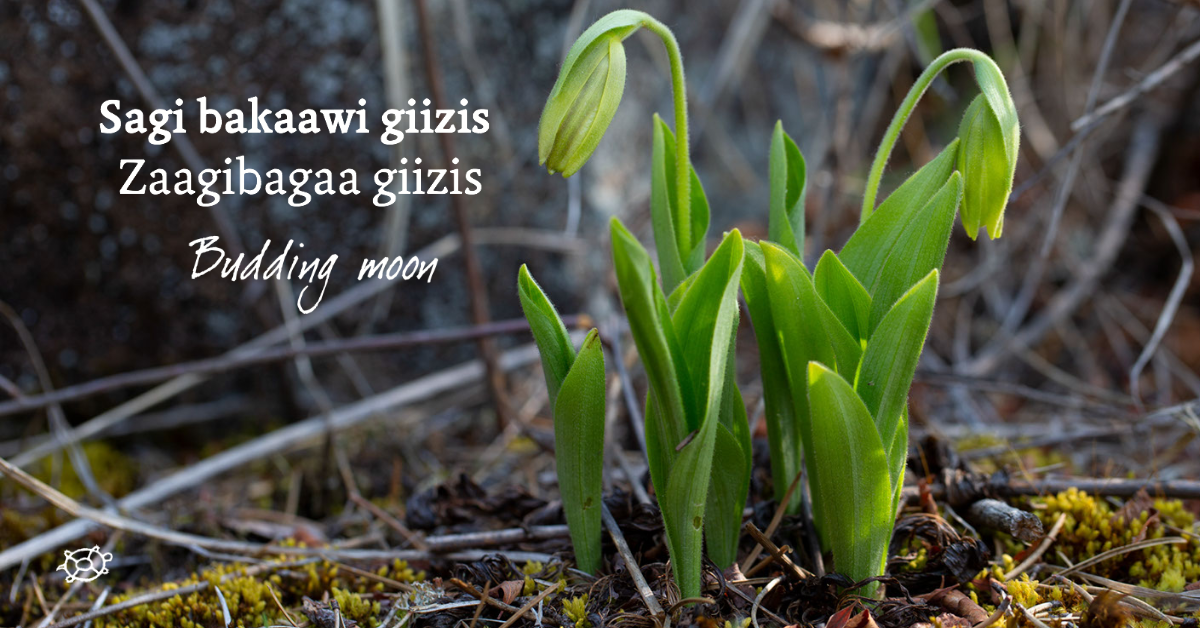
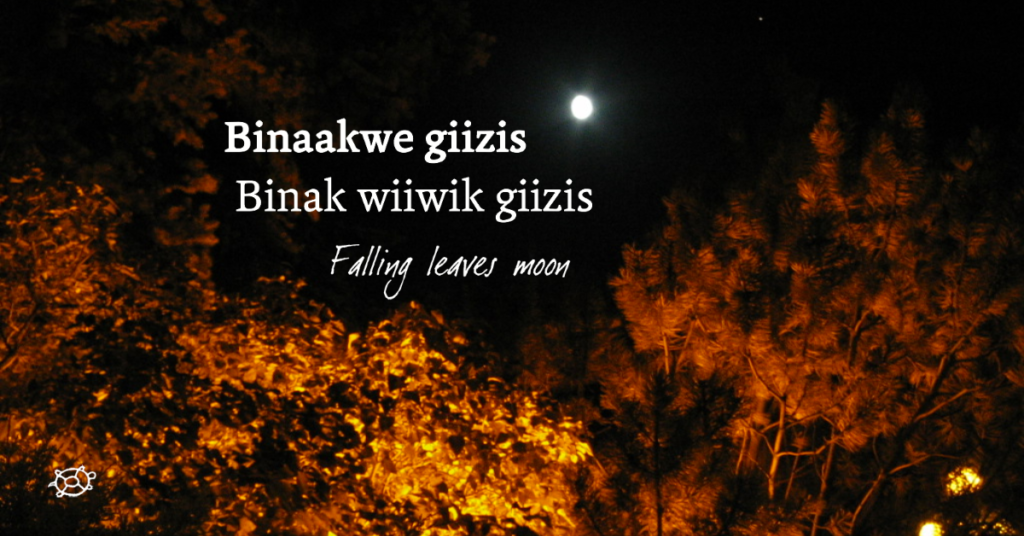
Melba’s Memories and Stories
We asked Melba to tell us more about the lunar calendar and share some memories and stories of life on the land.
1. Do you or your family members use the lunar calendar?
I use both. My grandmother followed the lunar calendar. It was knowledge that was passed down to her when she was a little girl. She never liked [12-month] calendars in the house. She’d rip them off the wall. ‘We don’t need that,’ she used to say.
2. What happens on the land during some of the moons?
Budding moon: Everything is all new and growing with new beginnings. We go walking around out on the land to show the young ones which plants are budding. Leaves for pussy willows begin to bud. Everything comes out of its shell. We start picking medicines in the forest and firewood. Birchbark wood is picked for beading and woodworking. We also begin commercial fishing and give fish that we harvest to Elders in our community.
Show respect to the forest and it will respect you. Before picking medicines or any plants, put tobacco down and say a prayer, and then you can begin walking in that area.
Melba Green, Pimachiowin Aki Guardian, Bloodvein River First Nation
Blueberry moon: This is when berries finish budding and it’s berry-picking time. You can harvest blue berries to make jam, or my granny used them for medicine. If we didn’t like the taste of the medicine, she would give us the sweet taste first followed by the bitter-tasting medicine.
Falling leaves moon: When I was a child, we would leave for the trapline during the falling leaves moon. We would go with my grandparents, great grandparents and cousins.
When we first would arrive at the trapline, we would have to be quiet so the spirit beings could get used to us being there. After a few days, we were allowed to play. We were there for fall, winter and spring. My mom would be really busy, and my dad would be out hunting or trapping. The school would give us homework to do at the trapline.
Freezing moon: Men hunt geese and small birds during this moon. They also start moose harvesting. When hunters go out and kill one or two moose, they cut them up and take the hide, too. They give meat to Elders or women with children. When they trap beavers, they give the meat to Elders because Elders like beaver tails. It is like medicine to them. They eat every part of the body. Anything that is left over, like bones, are returned to the bush. It’s like putting things back where they came from.
Want to learn more about activities on the land? Download the Pimachiowin Aki Seasonal Calendar.
Feature photo (full moon), budding moon and Falling leaves moon: Hidehiro Otake

